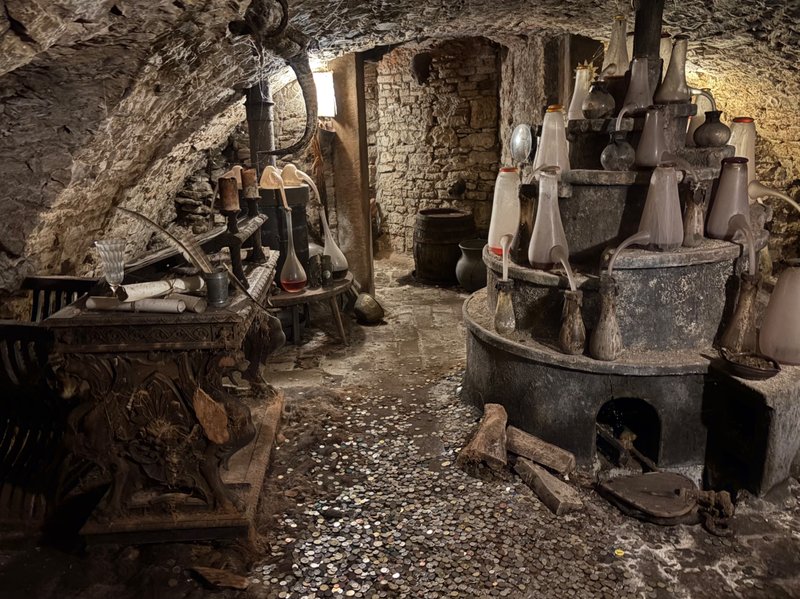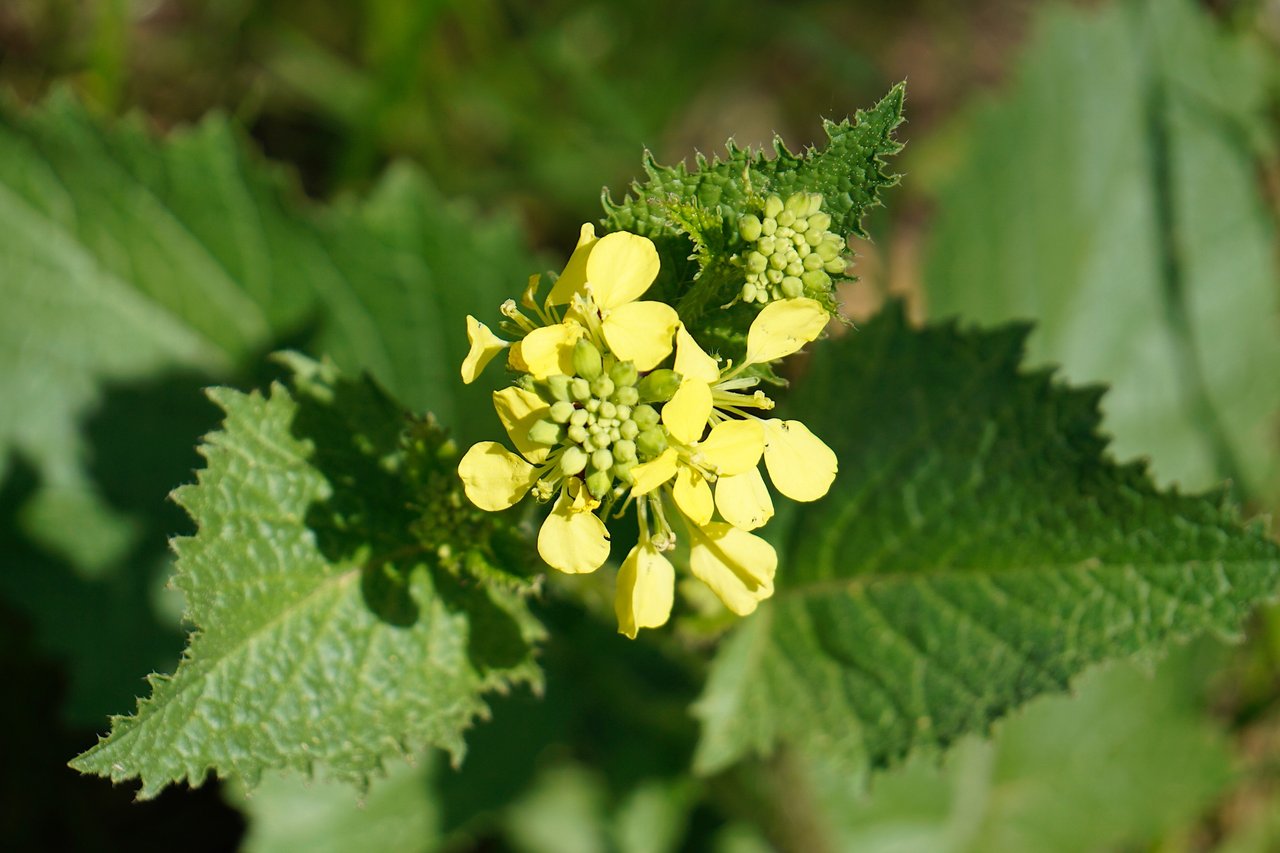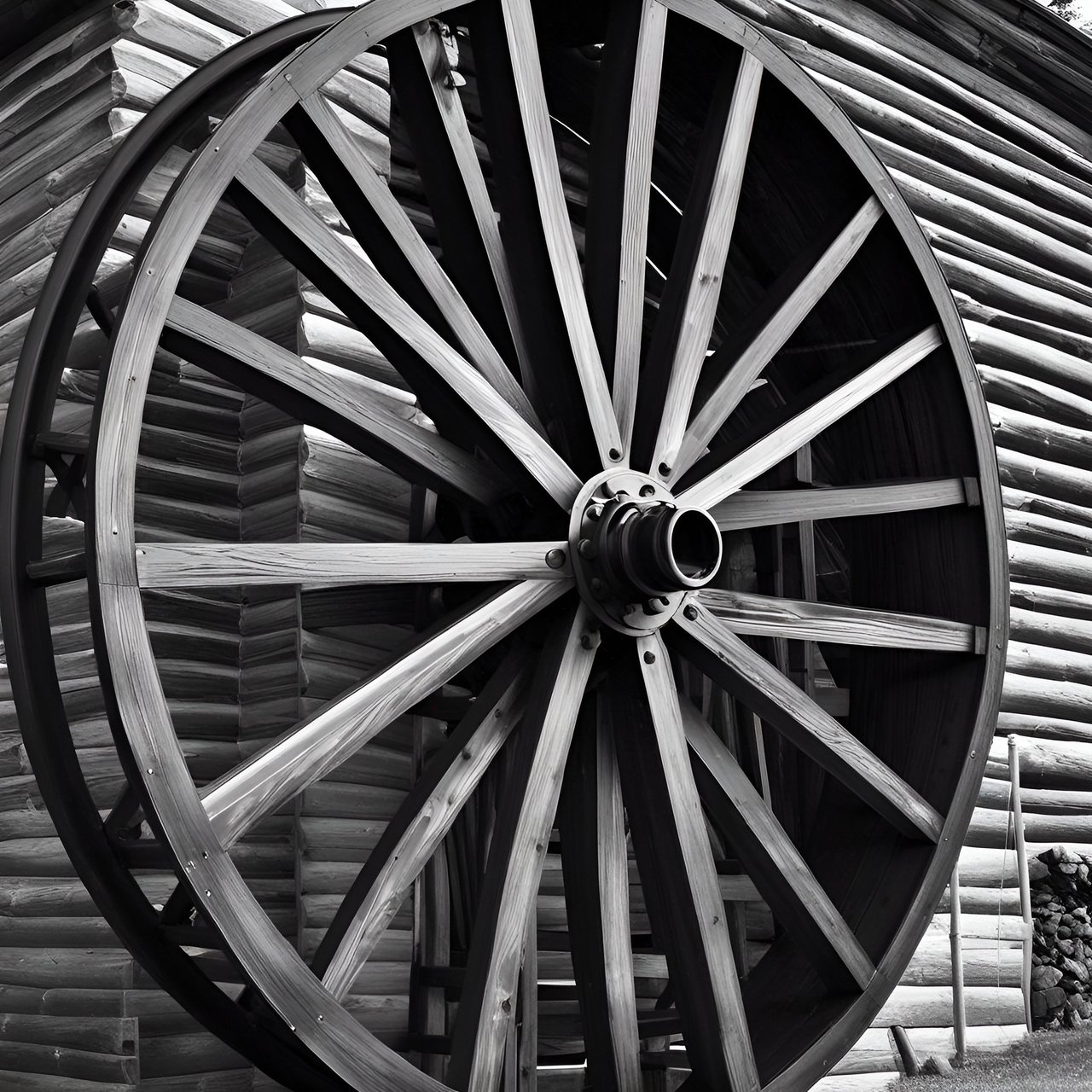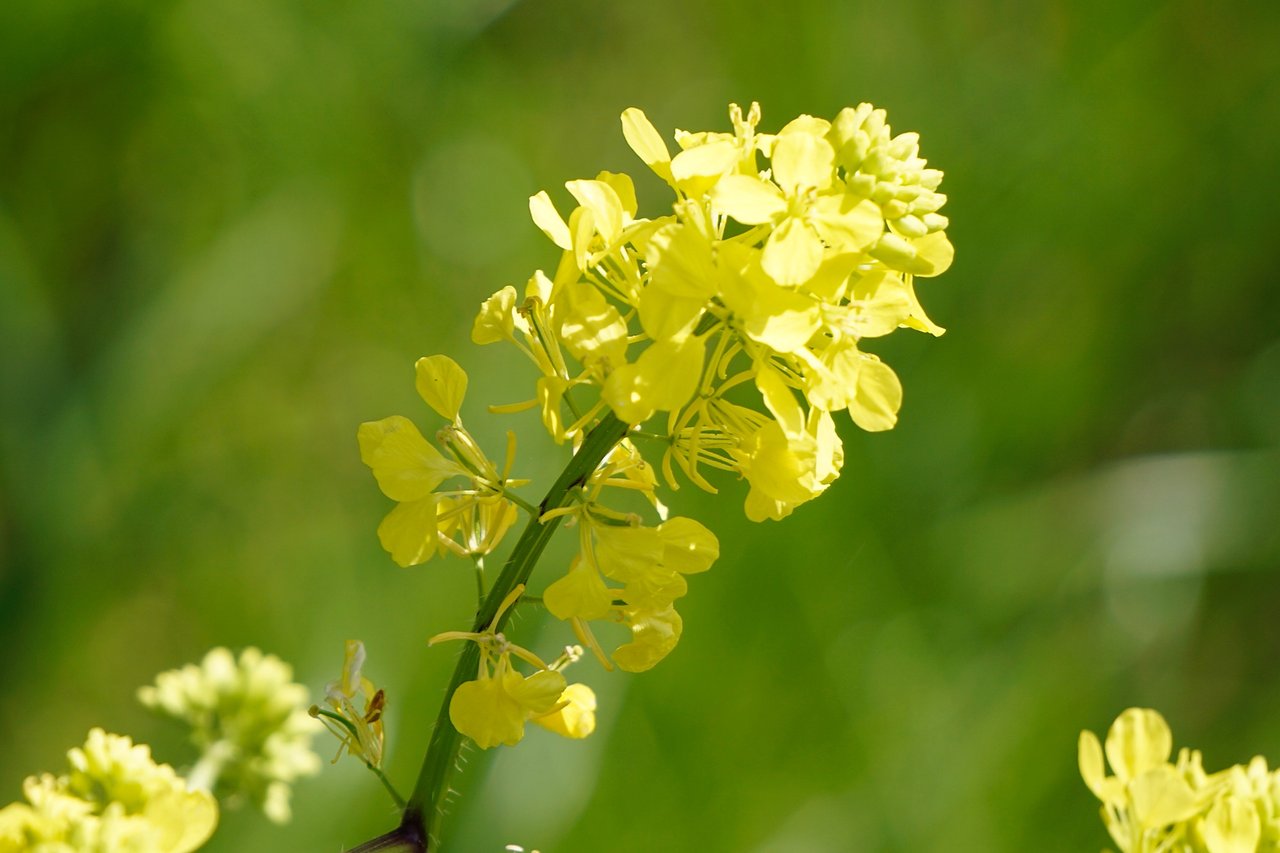The History of Mustard Mills
6 comments
Hey dear community, first of all I hope that you are all well and that you had a day that brought some interesting experiences into your life! In this article, I would like to discuss an important historical topic and hope you are able to expand your knowledge.
Today I found some plants of wild mustard which is also known under the scientific name Sinapis arvensis and I would like to specifically address the history of the mustard mills in this post and have also created one mill wheel with artificial intelligence to illustrate the topic even better. The use of mustard is already thousands of years old and it is considered one of the oldest spices in the world and the first evidence for its use probably comes from ancient China where it was already used over 3000 years ago and it was also of great importance in other cultures such as ancient Egypt or Rome. Numerous rulers recognized the high demand of this spice and so Charlemagne of the Carolingian dynasty also decided to cultivate mustard and it did not take long for it to spread more and more in Europe and became one of the most important spices. One of the basics are the seeds of the plant, which are mixed with water, salt, vinegar and sugar and before you can mix the seeds, they must first be finely ground and here the mills came into play, which facilitated this work. Previously, it was a great effort and mainly stone or small mortar mills were used for this work and the development of mills which were specially designed for this purpose was a revolutionary invention and thus it was also easier to start the commercial production and originally the mills were operated with the power of water and through the development of new technologies the mode of production was also adapted. Due to these advances in production, large quantities could be processed in a short time, which meant that the economy also changed more and more and the huge demand could be better met and even if the technology was changed, the recipes for the production still come from ancient times and it is assumed that the mills were already used for these purposes in the Middle Ages. At that time, mills that were also used for other purposes such as the crushing of grain were often also used for the crushing of mustard seeds and most documented traces of mills that has specifically focused on this topic can be traced back between the 16th and 19th century and it also came to the fact that it was more lucrative for some mill owners to rebuild their old mills and had concentrated on the production of mustard powder.
Thanks for stopping by and I hope you could learn something new about history! I captured these pictures with my Camera Sony Alpha 6000 plus 55-210 mm lens and the other with the help of AI.







Comments